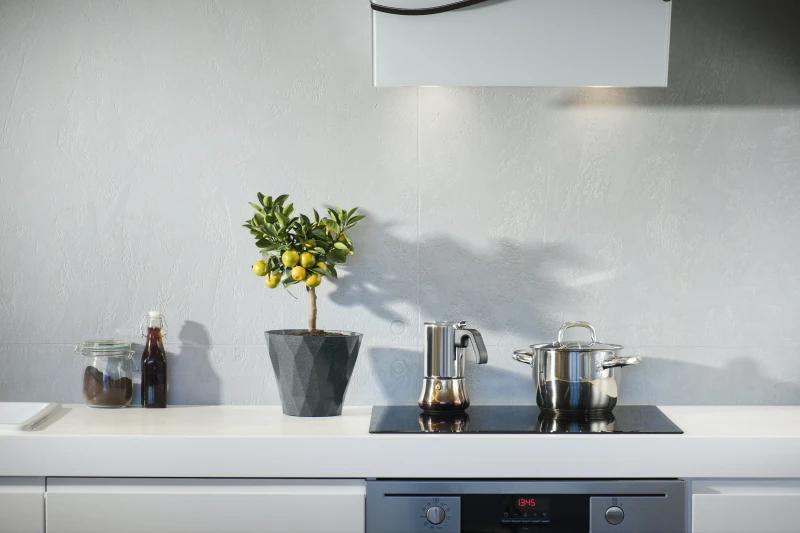Your Kitchen Doesn’t Have to Be a Plant Graveyard: A Real-Talk Guide
I’ve been working with plants for a long, long time, both in fancy commercial spaces and, more importantly, in my own home. I’ve seen what makes them happy and what sends them to an early, leafy grave. And let me tell you, the kitchen is one of the best places to grow plants… but it’s also the most misunderstood.
In this article
People see a cute plant, they buy it, and they stick it in the kitchen. They forget that a kitchen isn’t some quiet, stable living room corner. It’s a place with wild swings in heat, random bursts of steam, and light that can be all over the place. I learned this the hard way, of course. I once placed this gorgeous, delicate maidenhair fern on a shelf near my stove. It looked perfect for about five days. Then, one roast chicken later, the blast of dry heat turned its beautiful fronds into brown, crunchy crisps. It was a fast, painful lesson in matching the plant to the spot, not just the room.
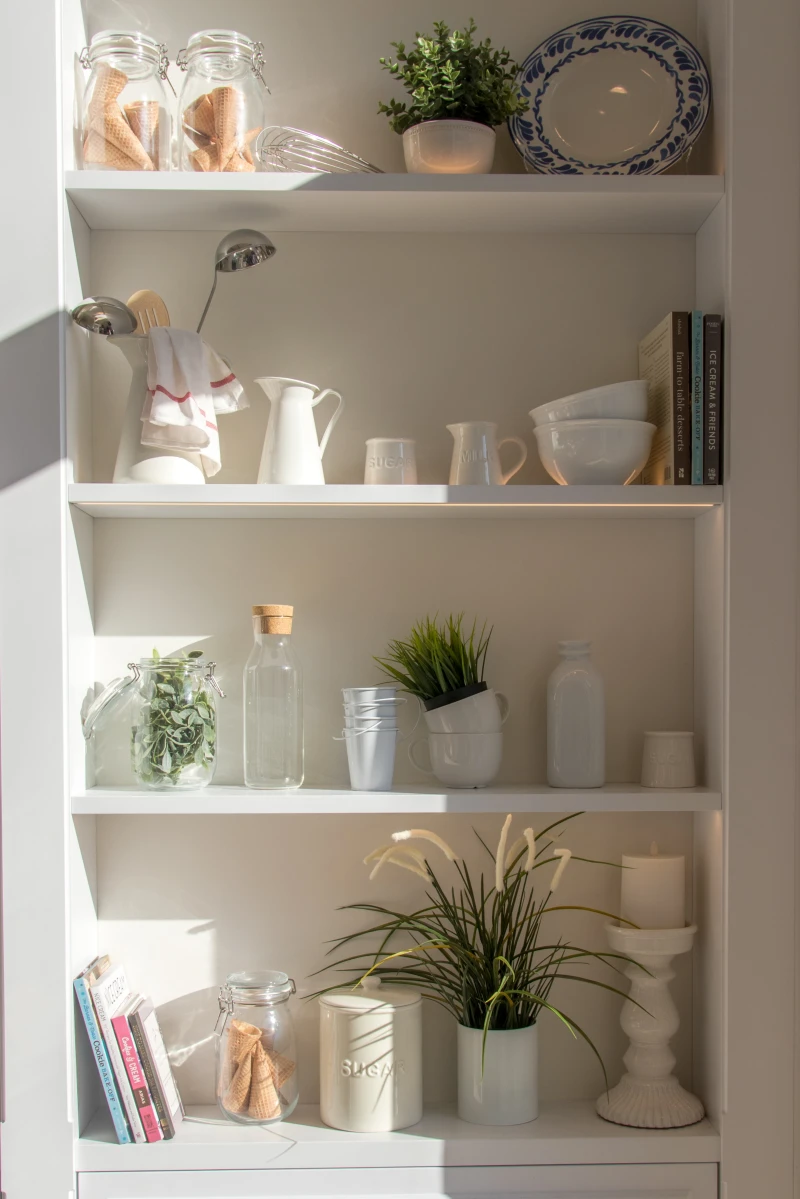
So, here’s the secret: a ‘green thumb’ isn’t some magical gift. It’s just about knowing your space and picking the right plant for the job. This guide is all the practical stuff I’ve learned, so you can fill your kitchen with green things that actually, you know, live.
First, Spy on Your Kitchen (No, Really)
Before you even think about heading to the store, you need to be a detective in your own kitchen. Every kitchen has little microclimates—the steamy area by the sink, the hot spot over the toaster, the cool, dark corner. Understanding these zones is the single most important thing you can do. It’ll save you a ton of money and frustration.
Light is Everything
Plants eat light. It’s their food. Without the right kind, they’ll slowly starve to death. So, let’s figure out what you’re working with.
Here’s a super simple way to test your light. At midday, hold your hand about a foot over the spot you want to put a plant.
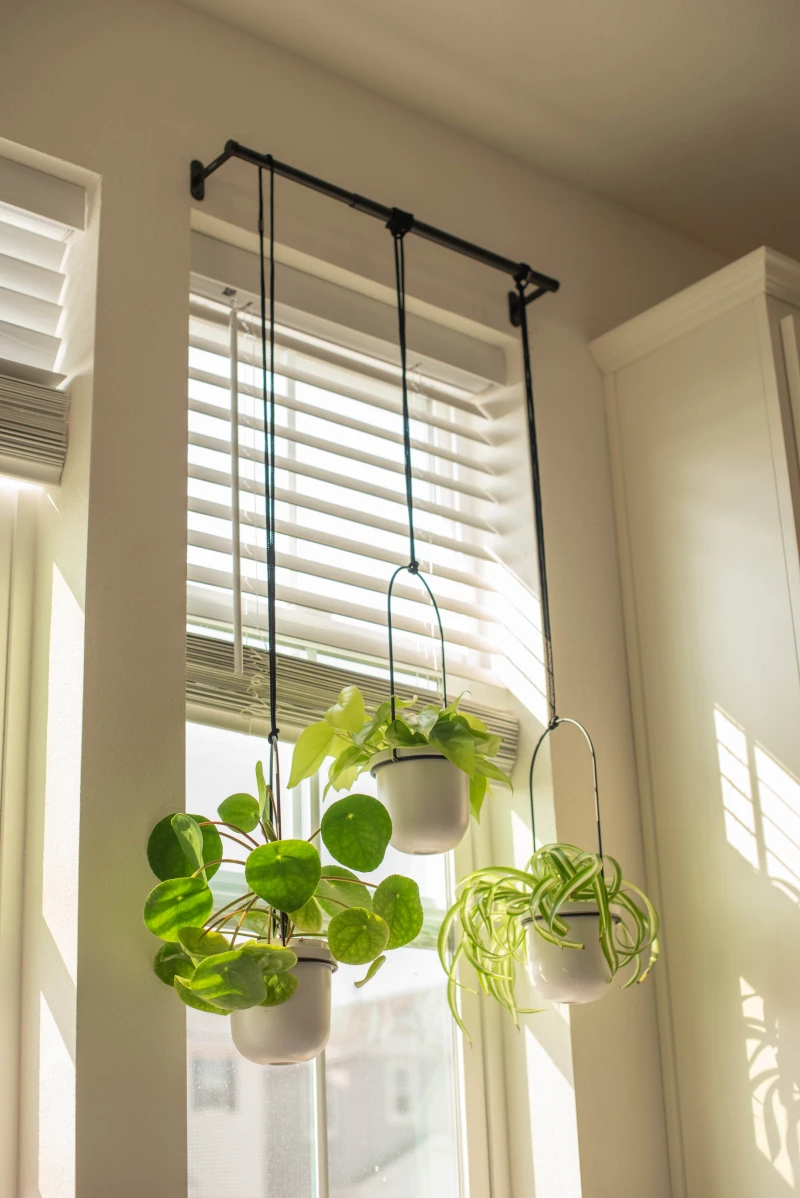
- Sharp, clear shadow? That’s direct light. Great for sun-worshippers like succulents and most herbs, but it’ll scorch a lot of other houseplants.
- A soft-edged but clear shadow? Perfect. That’s bright, indirect light—the holy grail for most of the leafy, tropical plants you see in stores.
- A faint, fuzzy shadow? That’s medium to low light. Don’t expect rapid growth here, but plenty of tough plants can hang on.
- Barely a shadow at all? That’s low light. Be realistic: plants here will survive, not thrive. They won’t grow much and will need way less water.
Humidity and Heat Spikes
Your kitchen can be a tropical paradise! Boiling pasta, running the dishwasher, even just washing veggies releases humidity into the air. A lot of popular houseplants love this, as it reminds them of their rainforest homes. That extra moisture can be the difference between a lush plant and one with sad, crispy brown leaf edges.
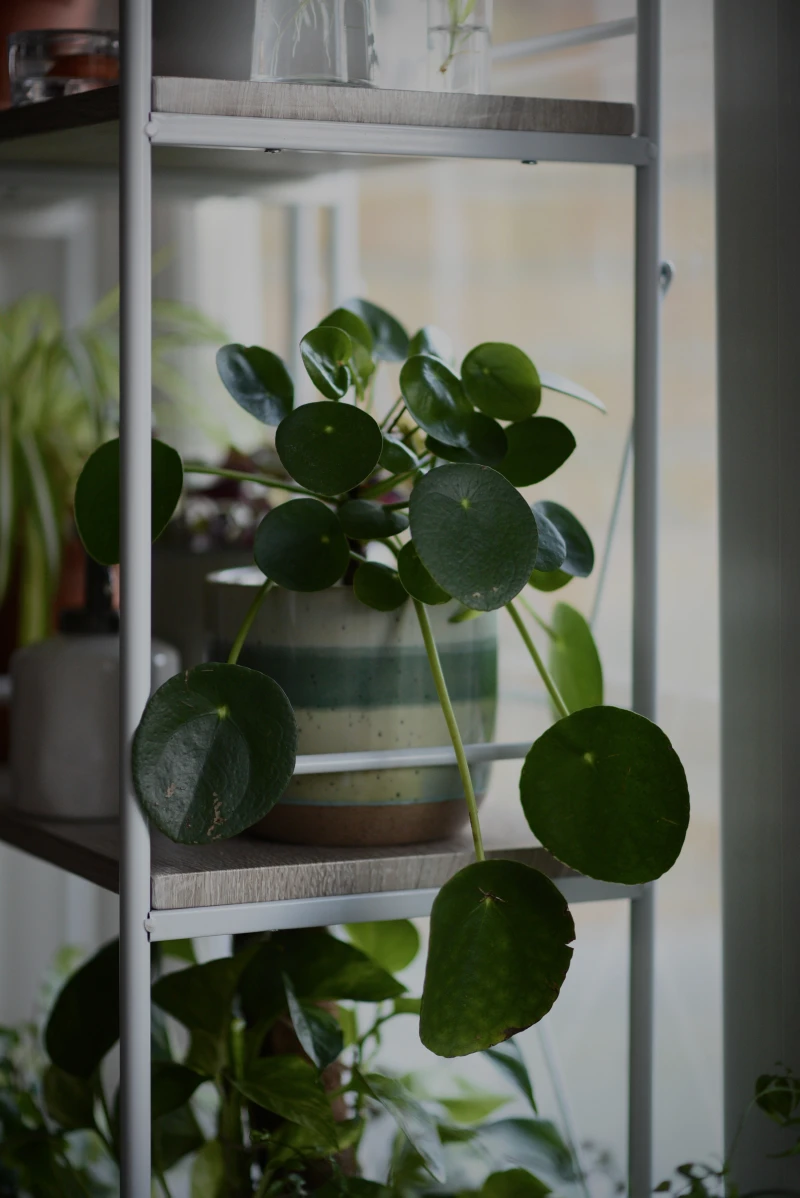
But—and this is a big but—kitchens also produce blasts of dry heat. Ovens, toaster ovens, and stovetops are plant death zones. A good rule of thumb is to never place a plant directly above or next to an appliance that gets hot. The constant temperature swings will stress it out. Same goes for drafty windows or A/C vents. Plants crave consistency.
Choosing Your Green Roommates
Okay, now that you’re a microclimate expert, you can pick plants that will actually be happy. I’ll break them down based on what I recommend to friends who are convinced they kill everything.
The Nearly Unkillable Crew (For Busy People & Beginners)
These guys are tough as nails and perfect if you’re just starting out or have a less-than-ideal kitchen situation. They basically thrive on neglect.
Snake Plant: This plant is a beast. Seriously, it’s practically indestructible. It handles weird temperature changes and you forgetting to water it for weeks. Its upright leaves are great for tight spaces on a counter. The biggest mistake people make? Overwatering it. Let the soil get bone dry before you even think about giving it a drink. Good to know: Expect to pay around $15-$30 for a decent-sized one at a big box store or local nursery. Heads up! It is toxic to pets if they chew on it, so keep it out of reach of curious cats and dogs.

ZZ Plant: If you think you’re a plant killer, the ZZ is your redemption. It has these potato-like things called rhizomes under the soil that store water for ages. Its leaves are so glossy and green they almost look fake. This is your go-to for that darker kitchen corner. Just like the snake plant, it demands to be left alone. Water it well, then forget about it for a month. Price check: They tend to be a bit pricier, maybe $25-$50 for a nice one, because they grow slowly. Heads up! Also toxic to pets and people if ingested.
Cast Iron Plant: The name says it all. This one earned its stripes by surviving in dim, drafty old homes. It’s got beautiful, deep green leaves and tolerates deep shade and infrequent watering. It’s a very slow grower, so the plant you buy is pretty much the plant you’ll have for a while. Pet-Lover Alert: This one is a big win because it’s non-toxic to pets! A fantastic, worry-free choice for a floor spot in a dimmer kitchen.

The Edible All-Stars (For Your Sunny Windowsill)
There’s nothing better than snipping your own herbs for dinner. But a word of warning: most herbs need sun. A lot of it—at least 6 hours of direct light—to produce the oils that make them taste good.
- For that super sunny, south-facing window: Go for Mediterranean herbs like Basil, Rosemary, and Thyme. They love heat and want their soil to dry out between waterings. A classic terracotta pot is their best friend.
- For a slightly less sunny spot (like an east-facing window): Try Mint, Parsley, or Chives. They can handle a little less direct sun. Quick tip on mint: always keep it in its own pot. It’s a bully and its roots will take over anything it’s planted with.
A Quick Tip for Saving Grocery Store Herbs: We’ve all bought that beautiful basil plant in a plastic sleeve, only to watch it wilt and die a week later. Here’s why: that’s not one plant. It’s usually 10-20 baby plants crammed into one tiny pot to look full. To save it, you have to act fast. Gently take it out of the pot, carefully separate the root ball into 3 or 4 smaller clumps, and repot each clump into its own small pot with fresh soil. You just turned one dying plant into several happy ones!
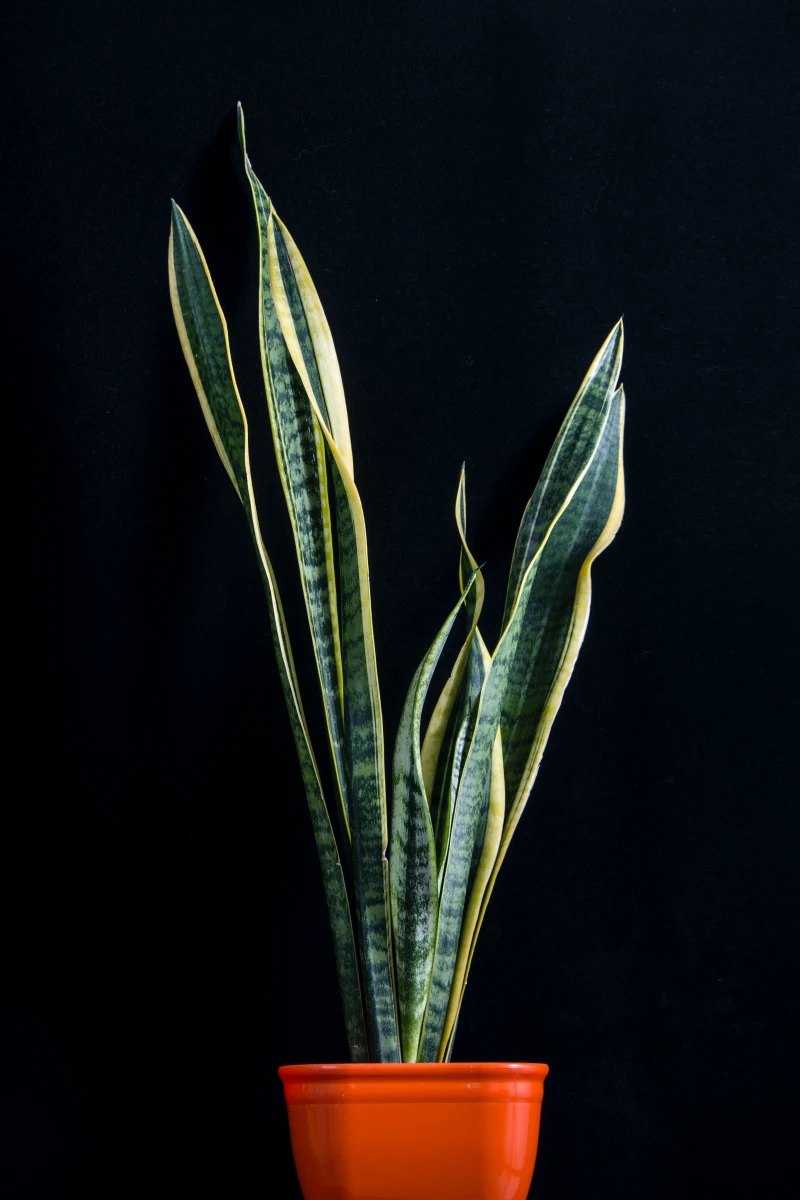
The Pretty Ones (For That Instagram-Worthy Vibe)
These plants are all about adding that soft, decorative touch. They’re perfect for kitchens with that ‘goldilocks’ bright, indirect light.
Pothos: This is the ultimate trailing plant. You can let it hang from a high shelf or tack its vines up around a window frame. It’s awesome because it tells you when it’s thirsty—its leaves will start to look a little droopy. It’s also ridiculously easy to make more of them for free. Just snip off a vine, stick it in a glass of water, and it’ll grow roots. Heads up! It’s toxic to pets if they chew on the leaves, so keep those lovely vines up and away from curious mouths.
Peace Lily: Famous for its elegant white ‘flowers’ (which are actually a special kind of leaf), this plant is a total drama queen. When it’s thirsty, it will wilt so dramatically you’d think it’s dead. But give it a good drink, and it pops right back up within an hour. This makes it great for people who are scared of overwatering. One quirk: it can be sensitive to the chlorine in tap water, which causes brown leaf tips. Quick win: Fill your watering can and let it sit out on the counter for 24 hours before you water. This lets the chlorine evaporate. Heads up! Also toxic to pets, so be mindful of placement.
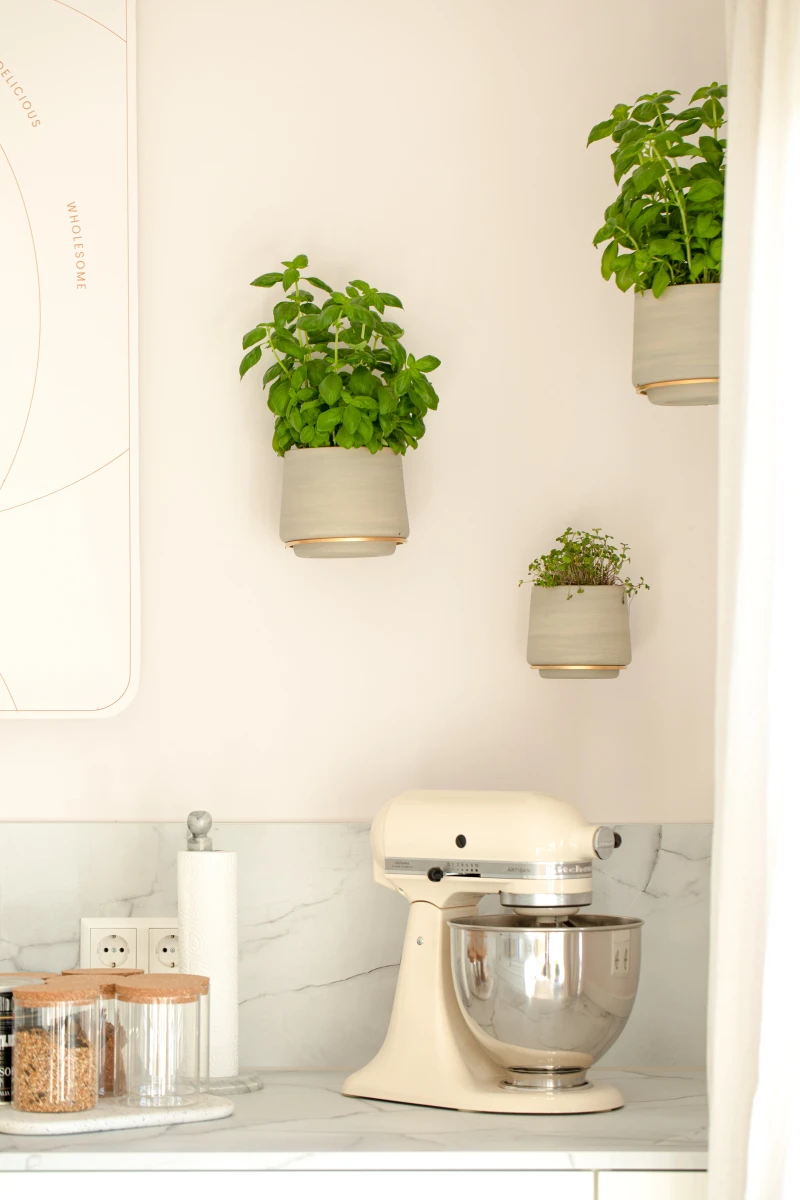
Your First Forgiving Plant Setup: A Shopping List
Feeling overwhelmed? Don’t be. Here’s a simple, foolproof shopping list to get you started for under $50.
- The Plant: 1 small Snake Plant (~$20)
- The Pot: 1 6-inch terracotta pot with a matching saucer (~$10)
- The Foundation: 1 small bag of all-purpose potting mix (~$8) and 1 small bag of perlite (~$8). You can find all of this at Home Depot, Lowe’s, or any local garden center.
That’s it! This setup is incredibly resilient and will give you a huge confidence boost.
Let’s Talk Dirt (And Pots and Water)
Your plant’s foundation is just as important as the plant itself. This is where a lot of people go wrong.
Pots MUST Have Holes: I’m going to say this in all caps. EVERY POT MUST HAVE A DRAINAGE HOLE. No exceptions. That cute pot with no hole is a death trap. Water pools at the bottom and rots the roots. That old trick of putting gravel at the bottom? It’s a myth. It just raises the soggy water level closer to the roots.
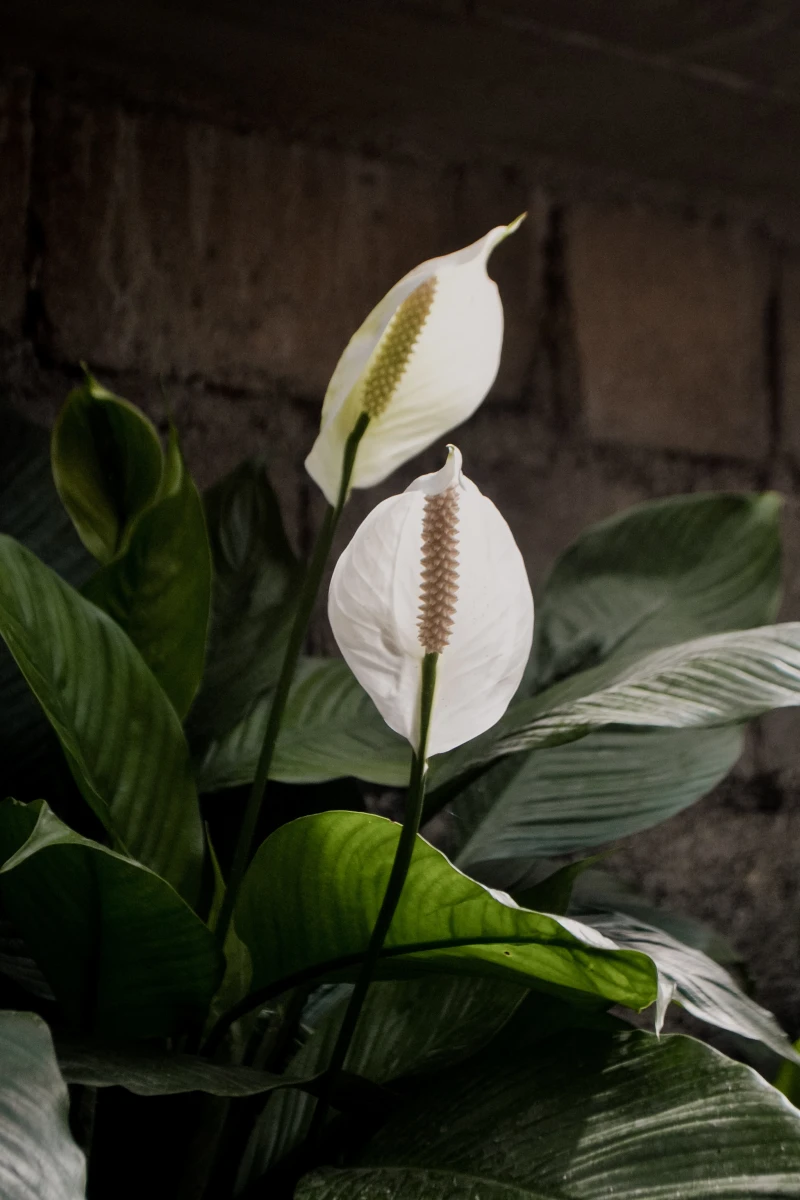
Better Soil, Better Plants: That generic bagged soil from the store is usually too dense. It compacts and chokes the roots over time. I always recommend improving it. It’s easy! For most of these leafy plants, just take your regular potting mix and add in a few big handfuls of perlite or pumice. You can buy a bag for under $10 and it’ll last you forever. This creates air pockets, which roots need to breathe.
By the way, if you ever see a recipe that calls for something like “2 parts soil, 1 part perlite,” don’t get intimidated. ‘Parts’ just means scoops. Use an old yogurt container or a measuring cup as your scoop—it’s all about the ratio, not the specific amount.
How to Water: Don’t water on a schedule. Water when the plant needs it. The best way to know is to stick your finger about two inches into the soil. If it feels dry, it’s time to water. If it’s damp, check again in a few days. When you do water, take the plant to the sink and give it a thorough soak until water runs out the bottom. This flushes out any built-up salts and makes sure the whole root ball gets a drink.
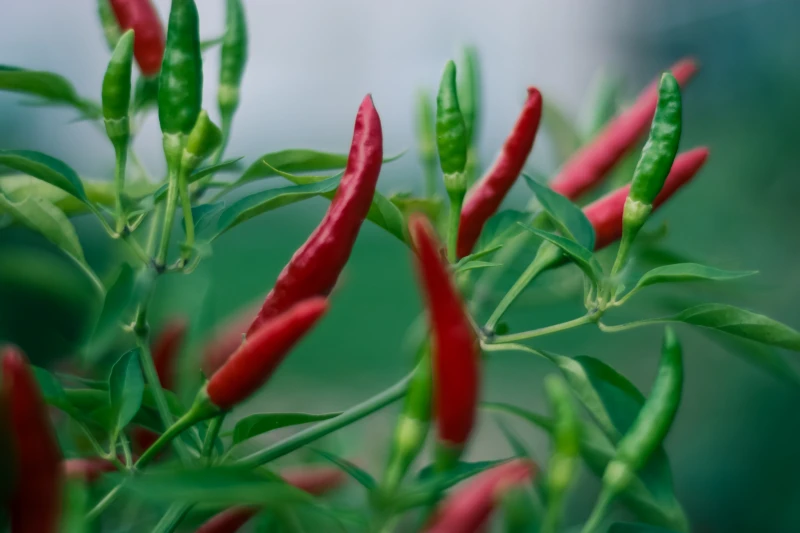
Uh Oh… Troubleshooting 101
Even with the best care, stuff happens. Here’s how to decode the most common kitchen plant problems.
- Tiny Black Flies Buzzing Around? Those are fungus gnats. They love soggy soil. The fix is simple: let the top couple of inches of soil dry out completely between waterings. This breaks their life cycle.
- Seeing Tiny Webs on Your Plant? That’s spider mites. They love hot, dry air. Take your plant to the shower and give it a good rinse, making sure to spray the undersides of the leaves. An insecticidal soap can help, too.
- The Dreaded Yellow Leaves? This is a symptom, not the problem. Time to investigate:
- If the leaves are yellow AND soft or mushy -> You’re almost certainly overwatering.
- If the leaves are yellow AND crispy or dry -> It’s probably thirsty.
- If it’s just the oldest, bottom-most leaves turning yellow and falling off -> This is usually normal aging! Don’t panic.
A Final Word
Bringing plants into your kitchen does more than just look nice. It adds life and a little bit of nature to the heart of your home. Start with one or two tough plants from the list above. Pay attention to them. See how they look, feel the soil. You’re basically building a relationship with a living thing. A little bit of observation is all it takes to go from a plant killer to someone with a thriving, vibrant kitchen that feeds your soul as much as your body.
